Building an Open-Source E-ink Laptop

Tuesday, 1st June 2021, at 14:00 UTC+2
I’m a community organizer, educator and software engineer.
My interests are in exploring community-building, social justice, education, and leveraging technology to address social problems.
I’m currently an Expert In Residence at Resilient Coders and I'm the project lead at EI2030.

Alexander Soto (he/him/his)
Project Lead
@EI2030

The goal of EI2030 is to promote healthier computing practices, connecting people who are interested in learning, discussion, and facilitating the exchange of ideas and collaboration.


Manuel
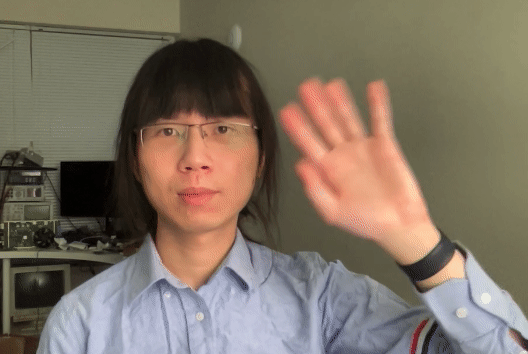
Wenting

Tom

Giovanni

Anjan

Matt

Brodie
-
Build a proof of concept of an open-source and open-hardware e-ink laptop.
-
Pool our resources, knowledge, and expertise in working groups.
Community Built E-Ink Laptop Project 💻
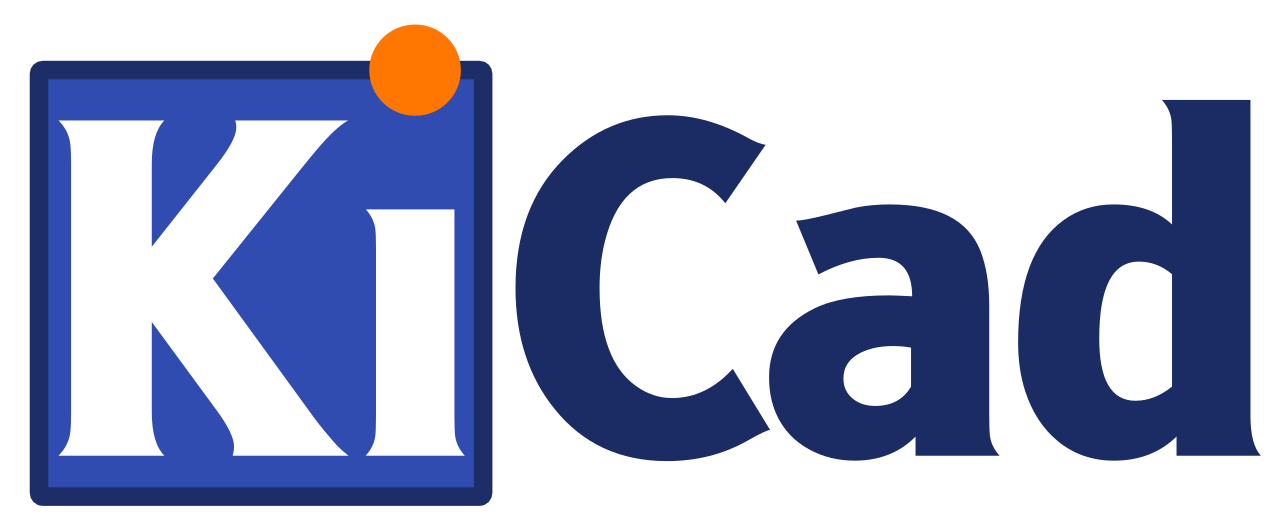

- A working group focuses on a specific objective.
- Timeboxed.
- Documents their process.
- Shares resources and knowledge.
Structure



Working Groups 🛠️
- Drivers for E-ink Displays
- Laptop Chassis
- Non-emissive Displays
- Psychology & UX
- Low Power MCU's
- PaperTerm
Meet Archer 👋
Challenges Building an E-Ink Laptop 🎯
#1 Driving an E-Ink Display
- Proprietary electrophoretic display controller (EPDC).
- Proprietary vendor waveforms.
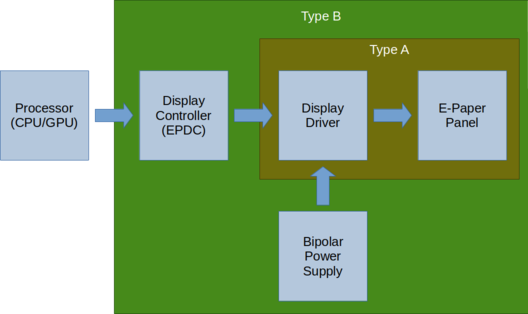
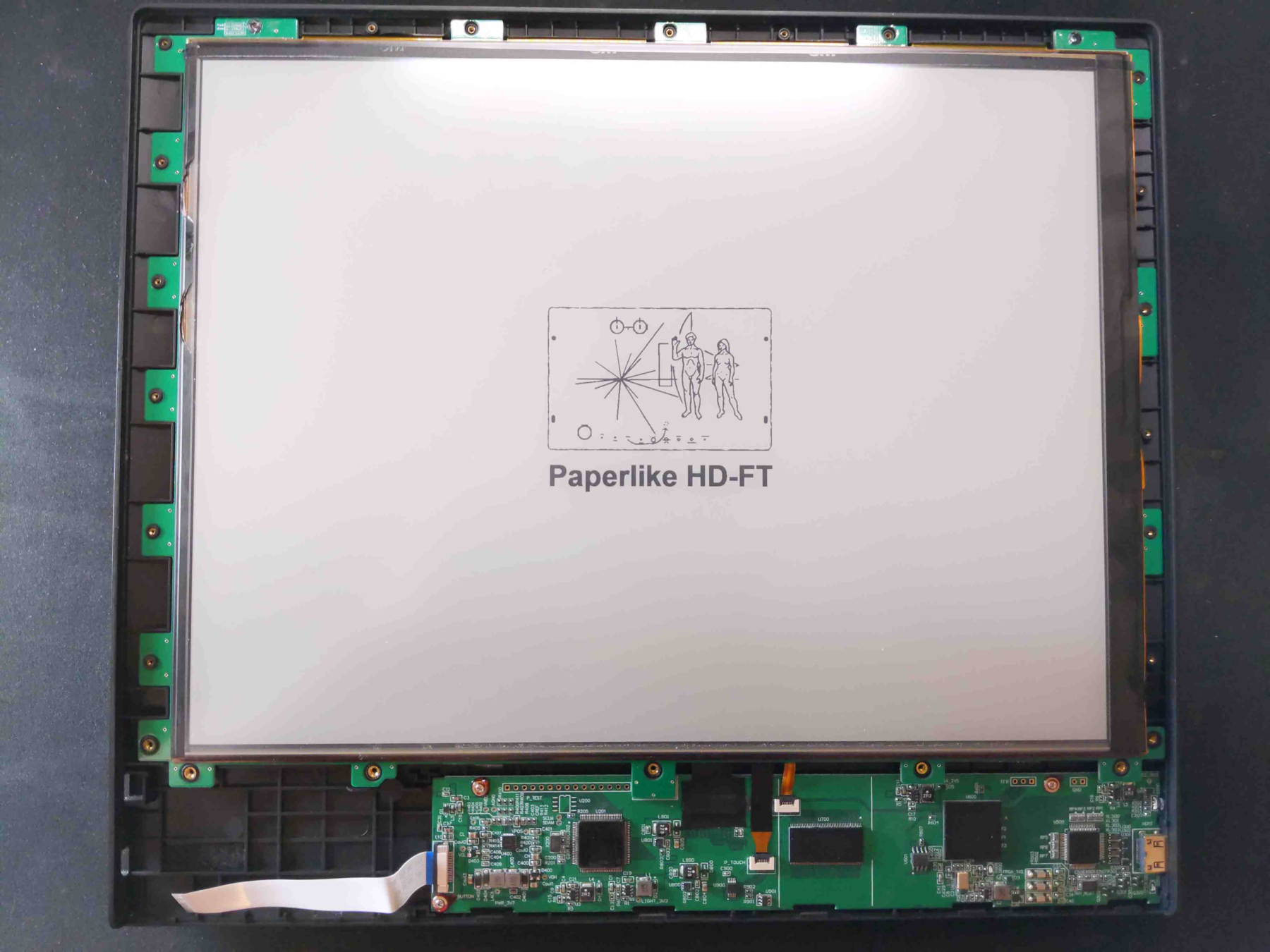
Progress: #Driving E-Ink Displays
To build our open-hardware and open-source e-ink laptop we are creating:
- Open-hardware electrophoretic display controller to drive e-ink panels.
- Open-source waveforms for different e-ink panels.
- Design files available on our EI2030 Github account.
In time, we hope to create a database of open-source waveforms compatible with a range of eink displays to be used in different projects and devices.
Specifications 📋
- SoC: NXP i.MX 7Dual (2x ARM Cortex-A7 @ 1.2GHz)
- RAM: 2x Micron MT41K256M16 (1GB in total, DDR3)
- Flash: None (prototype designed to always boots from TF card)
- HDD: None
- Network: RTL8273BS (802.11n + BT)
- Main Screen: E Ink ED103TC2 (10.3" 1872x1404) with capacitive touch screen
- Sub Screen: ER-TFT0784-1 (7.84" 1280x400) with capacitive touch screen
- Screen Controller: i.MX7 integrated EPDC
- Battery: 2x User-replaceable LiFePO4 18650 battery
- EC: LPC55S28
-
Ports:
- USB 2.0 Type-A Host x1
- USB 2.0 Type C UFP with Power Delivery x1
- USB 2.0 Micro B Serial Debug Console x1
- TF card slot
Caster
- Caster is the codename for our open-hardware EPDC using an FPGA development board.
- 2230 M.2 E-key or A-key slot and provide one LVDS connector to connect to EPD panels.
Specification 📋
- FPGA: XC7A15T or XC7A35T-1CSG325C
- RAM: Micron MT41K64M16 (128MB, DDR3)
- Form Factor: M.2 NGFF A key or E key
- Host Interface: PCIe Gen2 x1 (500 MB/s)
- Port: 1x 30pin LVDS connector (4ch 7:1 LVDS + 1ch I2C) to connect to Eink panels
Caster System Block Diagram
#2 Laptop Chassis
- 10.3 - 13.3 e-ink screen use an aspect ratio of 4:3.
- Difficult to find an original design manufacturer(ODM) that has a laptop chassis with a 4:3 display aspect ratio.
- There are not many laptop chassis that are completely open and made with FOSS.
Progress

To build our open-hardware and open-source e-ink laptop we are creating an:
- Open-source design of a parametric laptop chassis using FreeCAD.
- We've started looking at different possible laptop designs.
- Design files available on our EI2030 Github account.
By using FreeCAD to design the laptop chassis, we hope to enable others to remix and adapt our design to their needs.
Progress: #Laptop Chassis
- There isn't an open-source e-ink first operating system.
- There are few e-ink optimized applications.
#3 Operating System and Applications
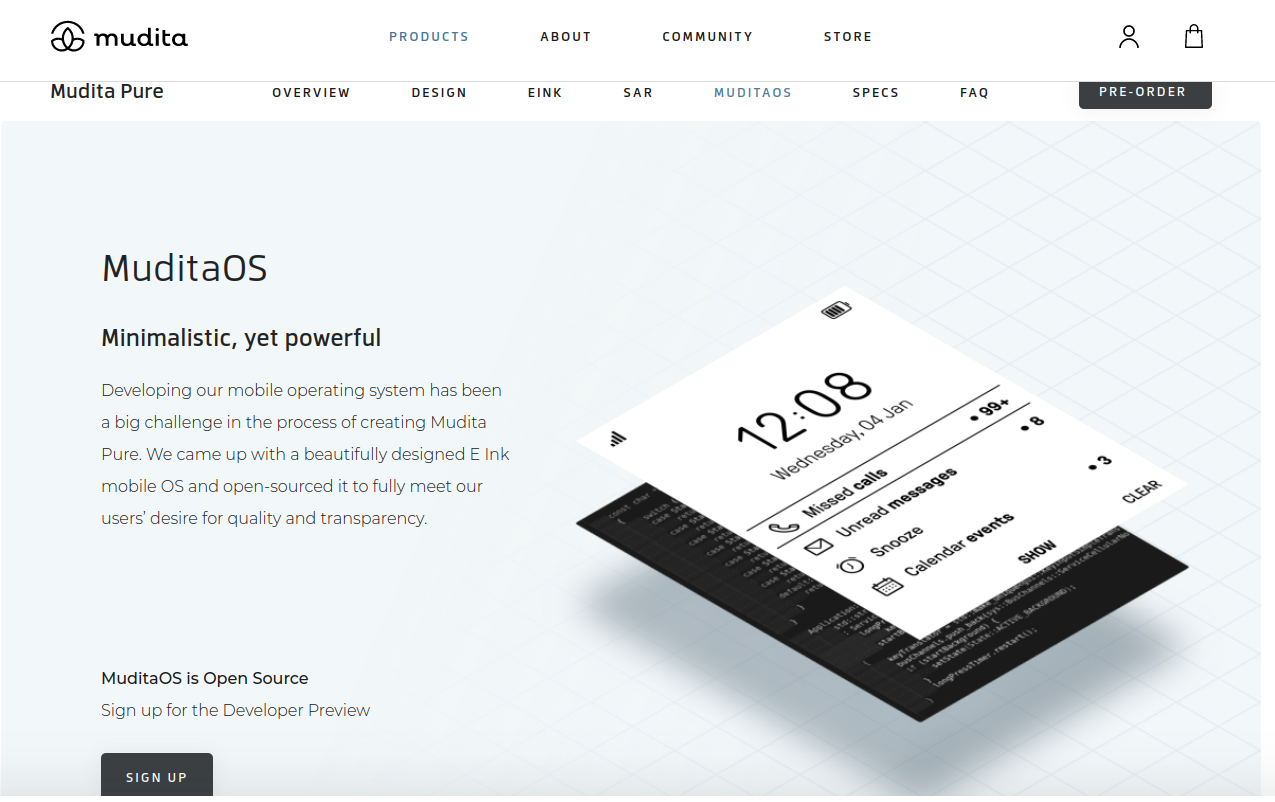
MuditaOS
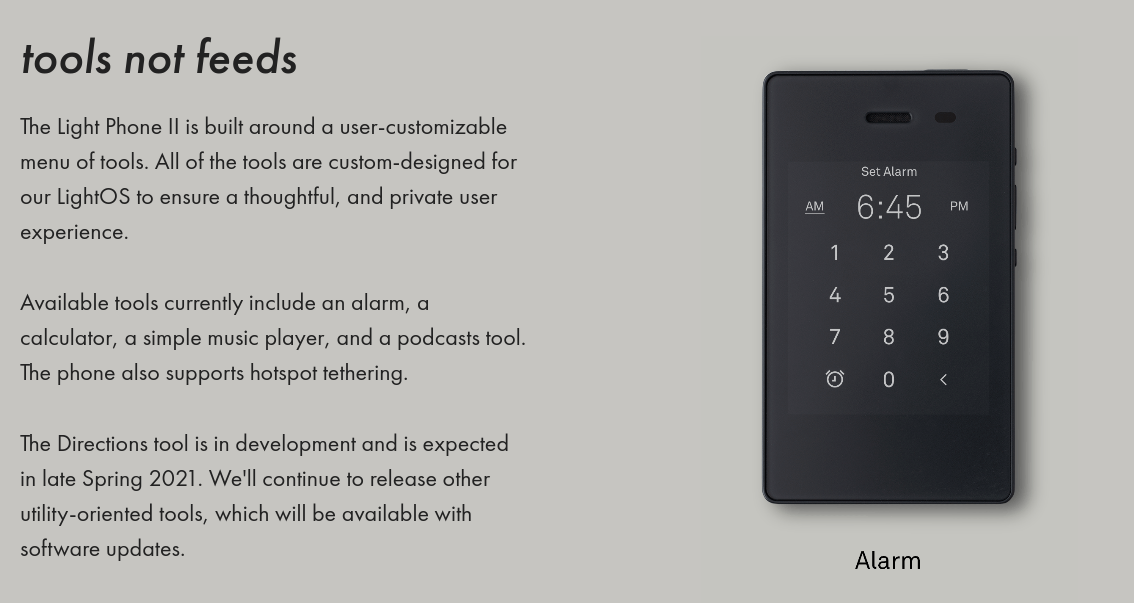
LightOS
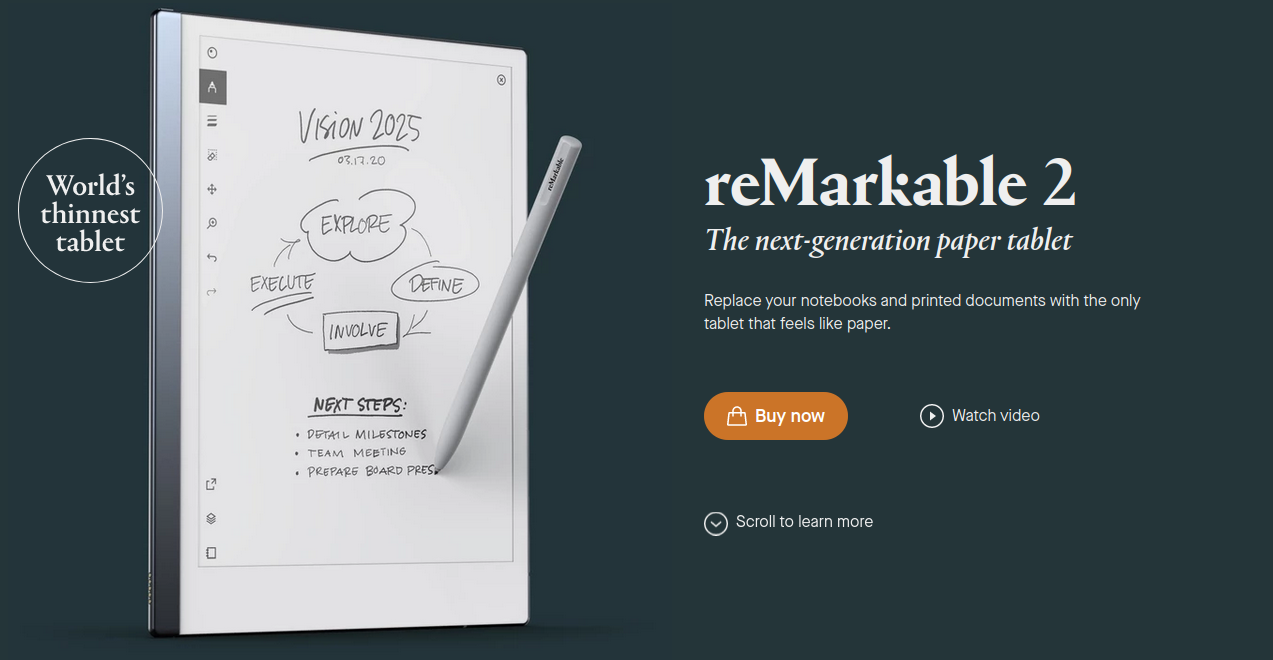
Codex
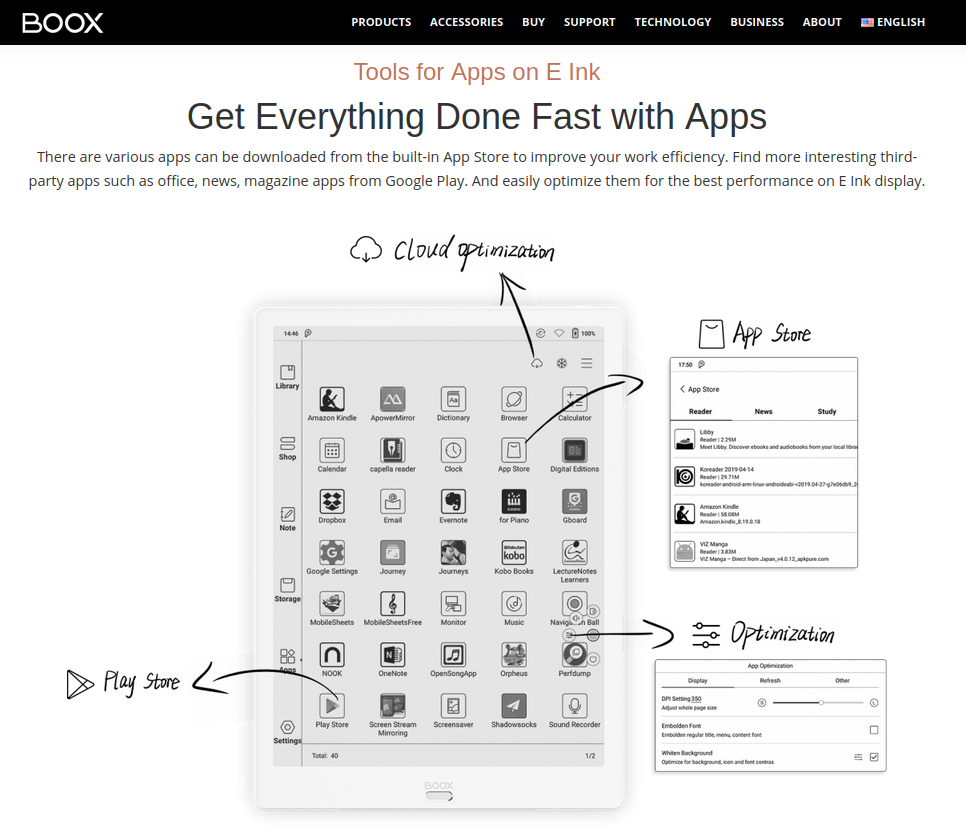
Onyx Boox

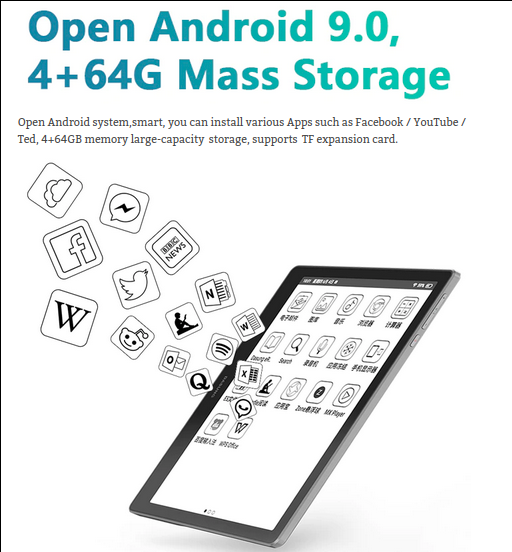
Dasung
What would a digital device look like that respects our attention, time and health?
Progress: #Psychology & UX
To build our open-hardware and open-source e-ink laptop we are making:
- Researching how to create e-ink optimized applications.
- Coming up with design principles.
- Performing case studies on the possible psychological benefits of eink.
- Exploring Android, Fuchsia, minimal Linux distribution
🔎 We are looking for software developers and UX/UI designers interested in building e-ink applications.
#4 Sourcing the E-ink Display
- How to satisfy E-Ink's minimum order quantity(MOQ) (10,000?)
- The "chicken & egg problem"
- Perceived lack of application & demand and thus lack of suppliers producing e-ink displays.
- DES, RLCD, E-ink, Electrowetting...


Progress: #Non-emissive Displays
To build our open-hardware and open-source e-ink laptop we are:
- For our prototypes, we are using the 10.3" e-ink panel from Waveshare.
- We are looking to source e-ink panels from other distributers, Good Display. (no MOQ)
- We are exploring using alternative epaper technologies such as display electronic slurry (DES).
Progress
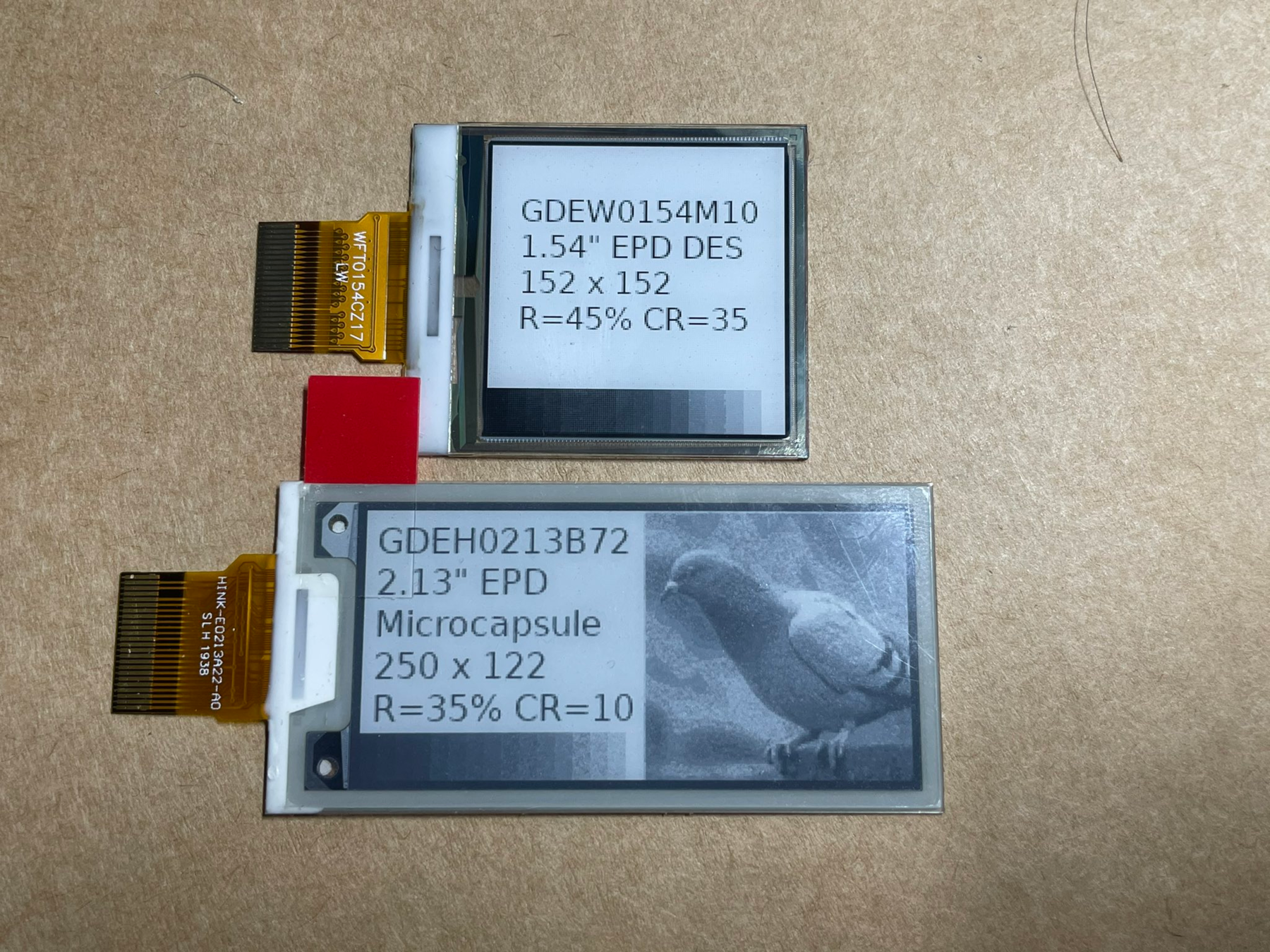

#5 Manufacturing Process
- Costs and prices (injection moulding!)
- Sourcing of parts (keyboard, hinges, etc.)
- Minimum order quantities
- Domain specfic knowledge
- Mistakes happen
- Time
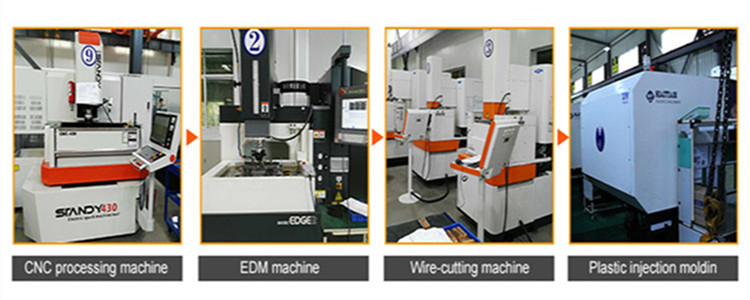
Progress
To build our open-hardware and open-source e-ink laptop:
- We are 3D printing our initial prototypes, i.e., laptop chassis.
- Producing laptops at scale requires injection moulding.
- Exploring crowdfunding options.
🔎 We are looking for more people with experience in the manufacturing process.
Next Steps
- Learn from Archer and work on our second prototype that includes Caster, our open EPDC.
- Iterate on the open design of our laptop chassis and test.
- Build e-ink optimized applications and identify people who are interested in contributing.
- Learn more about the manufacturing process.
- 2021 Hackaday Prize
- Crowdsourcing Campaign in 2022.

If any of these challenges or a part of the project interests you let's talk


Manuel

Wenting

Tom

Giovanni

Anjan

Matt

Brodie